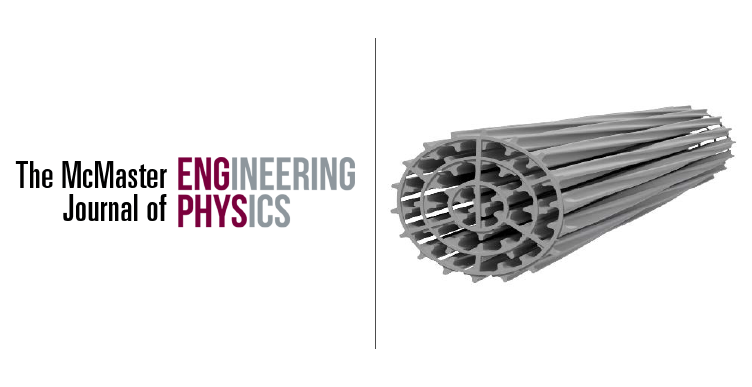Low Cost CNC Back Side Sample Preparation for FIB Analysis
Abstract
The following article is an overview of an attempt to develop appropriate methods and supporting apparatus for the use of a standard relatively low cost CNC mill for back side sample preparation for FIB analysis. The effort was successful, resulting in an adjustable stage, a reliable zeroing method, and a recipe for silicon milling and polishing that successfully produced seven FIB appropriate samples, two of which were tested in the FIB and all of which were functional after processing.References
Kedar Narayan and Sriram Subramaniam. Focused ion
beams in biology. Nature Methods, 12(11):1021{1031, Novem-
ber 2015. ISSN 1548-7091. doi:10.1038/nmeth.3623. URL
http://www.nature.com/nmeth/journal/v12/n11/full/nmeth.
html?foxtrotcallback=true.
Chun-Cheng Tsao, E. LeRoy, S. Saha, L. Ansorge, and M. E. Pot-
ter. Reliability of ultra thinning of
ip chips for through-silicon
analyses. In 2002 IEEE International Reliability Physics Sym-
posium. Proceedings. 40th Annual (Cat. No.02CH37320), pages
{204, 2002. doi:10.1109/RELPHY.2002.996636.
P. Perdu, R. Desplats, and F. Beaudoin. Comparative study
of sample preparation techniques for backside analysis. Asm
International, Materials Park, 2000. ISBN 978-0-87170-701-7.
WOS:000175459100024.
Downloads
Published
2018-01-16
Issue
Section
Articles
License
Authors who publish with this journal agree to the following terms:Authors retain copyright and grant the journal right of first publication with the work simultaneously licensed under a Creative Commons Attribution License that allows others to share the work with an acknowledgement of the work's authorship and initial publication in this journal.
Authors are able to enter into separate, additional contractual arrangements for the non-exclusive distribution of the journal's published version of the work (e.g., post it to an institutional repository or publish it in a book), with an acknowledgement of its initial publication in this journal.
Authors are permitted and encouraged to post their work online (e.g., in institutional repositories or on their website) prior to and during the submission process, as it can lead to productive exchanges, as well as earlier and greater citation of published work.


